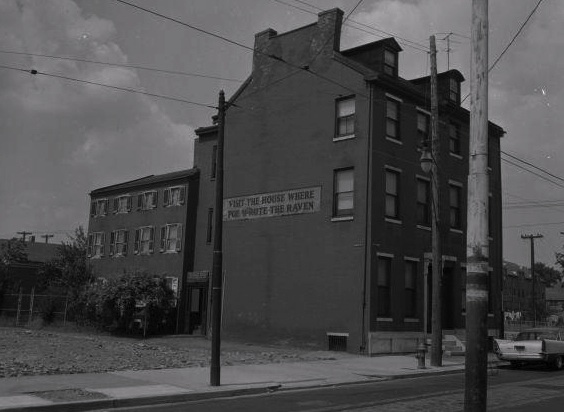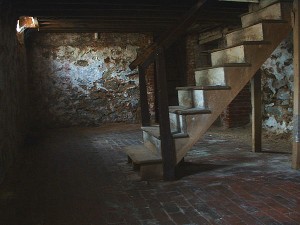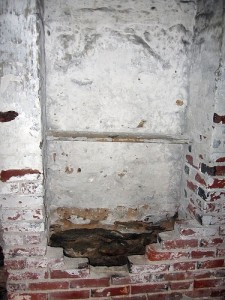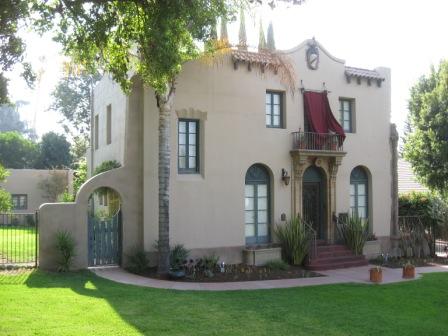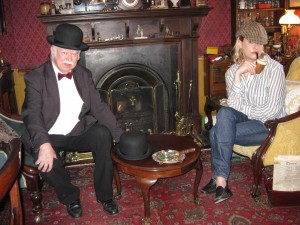“For the most wild, yet most homely narrative which I am about to pen, I neither expect nor solicit belief”.
Wrote Edgar Alan Poe, in The Black Cat , which he penned while living in this odious row house. My family and I would often pass this fetid, faltering house in a run down North Philadelphia neighborhood, and my siblings and I would dare each other to look at it as it passed.

“The House where Poe wrote The Raven“ was boldly emblazoned on the side of this uninviting house, as if that claim alone made up for the decaying state of affairs. I am pretty sure that faded claim did not entice visitors – my parents certainly never took us here, despite the flashy claim that this is where Poe wrote his most famous poem, and even though every Vallow family road trip was fraught with pop quizzes and visitings of sites boasting any sort of scanty tri-boro historic relevance (like the Walt Whitman Bridge or the Battle of “Trenton”). The truth is, Poe did not write The Raven in this house. However, The Tell Tale Heart, The Gold Bug, The Pit and Pendulam, The Fall of the House of Usher and The Black Cat were all penned here. The house in this photograph breaths and sighs and shrieks Poe’s grievous state of mind, his mental disorders, and his extreme poverty. It was in this horrible house that Virginia, his beloved child bride became ill (she burst a blood vessel while singing in the parlor!), an illness from which she would never recover and which eventually killed her.
The abandoned ruin of a house was mercifully resurrected by the Park’s Department in the 1980’s and it was opened as a respectable house museum. The offending signage with the false claim I remember from childhood was removed.

